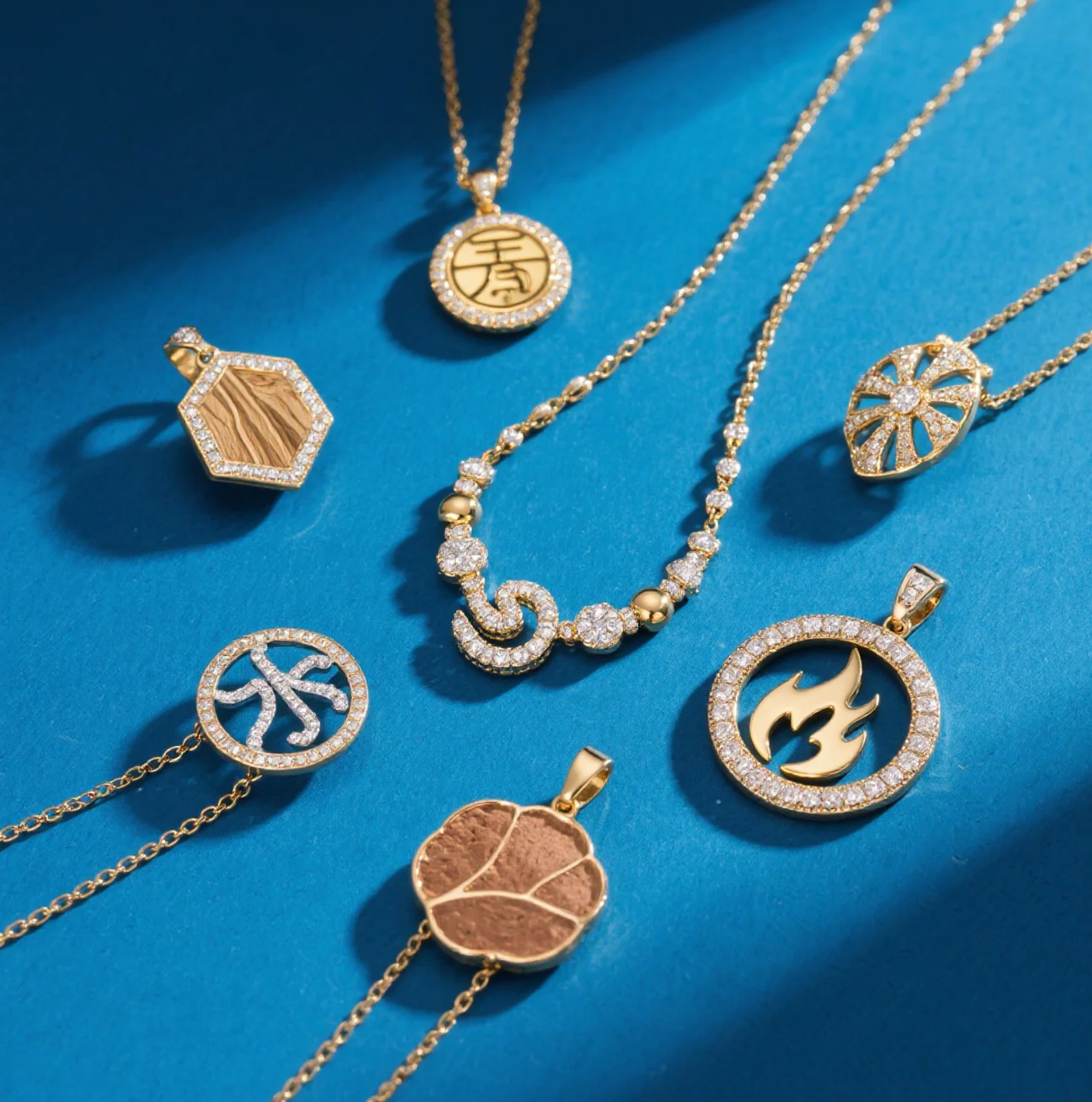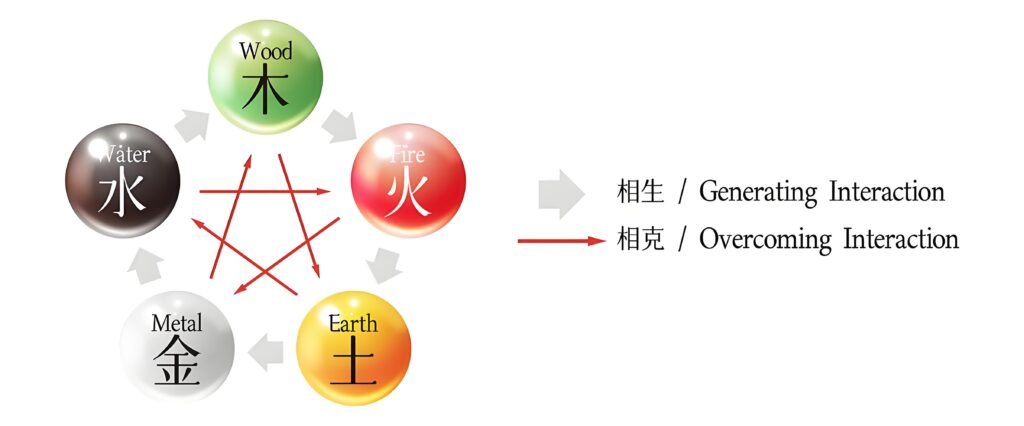Chinese civilization offers a distinctive understanding of life’s structure, which differs significantly from that of Western culture. While Western perspectives often approach life through the lens of biology, Chinese philosophy views life as the result of dynamic interactions and harmonization of cosmic energies—specifically the forces of Heaven, Earth, Yin and Yang, and the Five Elements (Wood, Fire, Earth, Metal, Water).
According to this worldview, each person’s destiny consists of two interconnected components: Ming (命) and Yun (运). Ming refers to the foundational blueprint of life—the energetic configuration present at the exact moment an individual leaves the mother’s womb. This includes the year, month, day, and time of birth, as well as the geographical coordinates (longitude and latitude) of the birthplace. This energetic matrix creates a fixed natal chart (BaZi, or Four Pillars of Destiny) that remains constant throughout life.
Yun, by contrast, refers to the ever-changing flow of cosmic energy throughout a person’s lifetime, influenced by the ongoing movement of the sun, moon, and stars. It represents the dynamic aspects of life and is subject to cyclical fluctuations.
To properly choose and wear personal adornments, one must first analyze their individual BaZi chart and life cycles. This is done by identifying the Day Master (日干) as the primary reference, supported by the Month Branch (月支) as the structural backbone, and the Year and Hour Pillars as supplementary influences. From this, it is possible to determine which of the Five Elemental energies are deficient or excessive in a person’s energetic field.
The goal of adornment, in this context, is to suppress what is excessive and replenish what is lacking—thus achieving balance within the individual’s Yin-Yang and Five Elemental field. For example, if someone lacks the Metal element, they may enhance this energy by wearing white-colored gemstones or crystals, gold or silver jewelry, dressing in white, or arranging their living or working space to face west or east. These are methods of addressing inherent imbalances (innate deficiencies) through intentional choices (acquired compensation), thereby enhancing good fortune and reducing misfortune.
On the other hand, if someone who lacks Metal mistakenly wears items associated with the Fire element—such as red agate or amethyst—or chooses a bedroom or office facing south, the Fire energy may suppress the already deficient Metal energy. Rather than helping, such mismatched adornment can worsen the imbalance and bring about further difficulties.

Wearing the right accessories not only improves personal luck but also contributes to physical and mental well-being. For instance, if someone is born with a weak Fire element in their natal chart, this may manifest as cardiovascular or circulatory issues. During years when Fire energy is further suppressed, they may encounter obstacles in work or career. Conversely, if someone has an excess of Fire, they may exhibit impatience or a tendency to lose control under stress—traits that intensify in Fire-dominant years.
The correct selection of adornments relies on the dynamic principles of generation (sheng), control (ke), moderation (zhi), and transformation (hua) among the Five Elements. The objective is to reduce excessive or unfavorable energies while strengthening those that are beneficial, thereby aligning one’s life path with favorable outcomes.
Choosing the right accessories based on one’s BaZi chart is a highly specialized process. It requires not only accurate metaphysical calculation but also thoughtful communication and understanding between the practitioner and the individual in order to make choices that are truly aligned with their unique energetic makeup.

